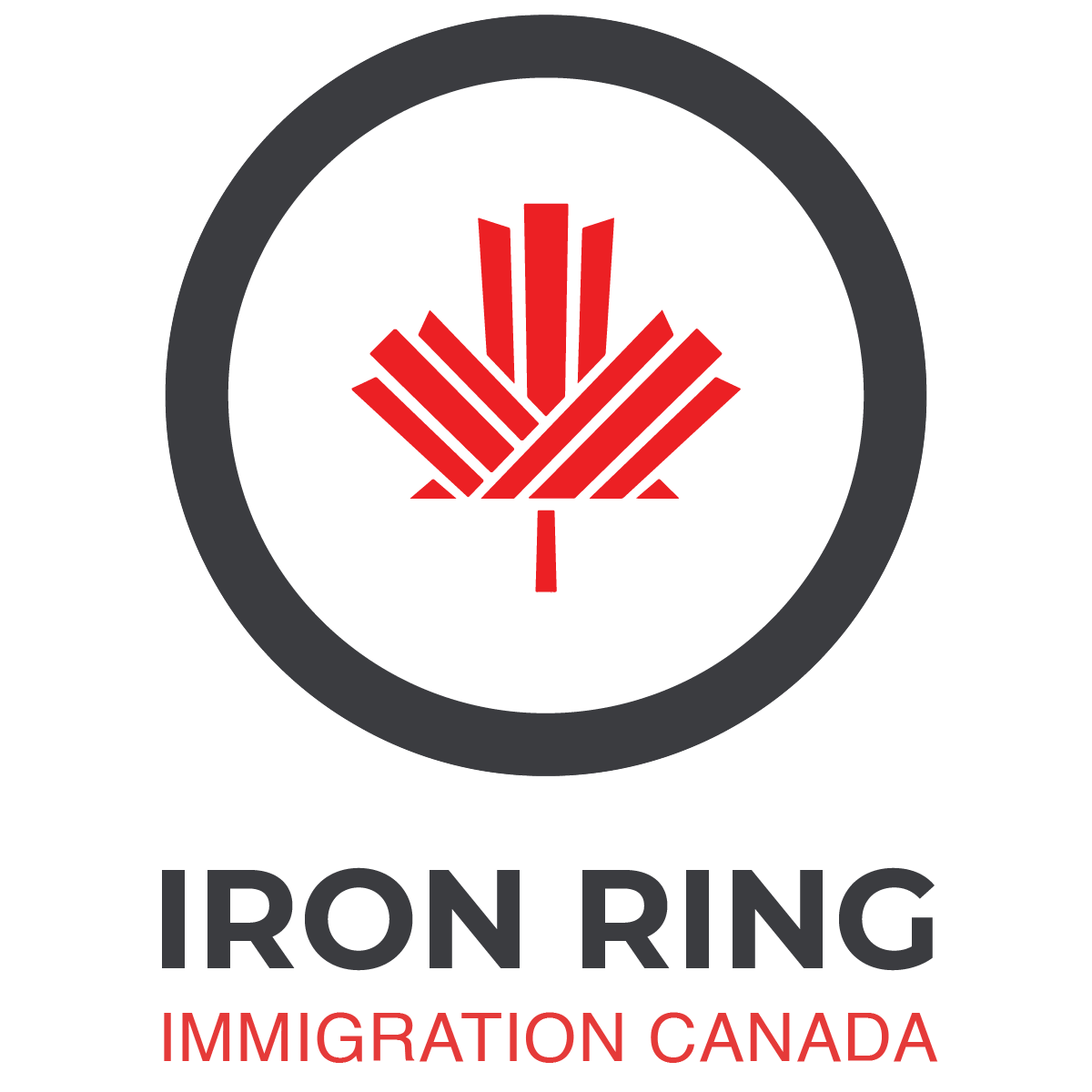Canada Refugee Application
For foreign nationals who wish to make a refugee claim and permanent resettle in Canada
A refugee claimant may become a permanent resident if they are determined to be a Convention Refugee or person in similar circumstances according to section 12(3) of the Act.
Canada can provide refugee protection to claimants who are eligible. In this page we will explain the different types of classes of persons who can receive Canada refugee protection and become permanent residents.
Table of Contents
Convention Refugee
A Convention Refugee, according to section 96 of the Act is a person who is outside their country of nationality and has a well-founded fear of persecution due to their race, religion, nationality, membership in a particular social group or political opinion. As a result, they are unwilling to avail themselves of the protection of that country.
Person in Need of Protection
A Person in Need of Protection, according to section 97 of the Act, is a person in Canada who would face a danger of torture as per Article 1 of the Convention Against Torture or a risk to cruel punishment if they were to return back to their country of nationality. Other criteria include:
If an officer determines that a refugee claimant is a Person in Need of Protection, they will approve the claimants application for refugee protection and thus become a Protected Person. A Protected Person is eligible to become a permanent resident of Canada under section 21(2) of the Act.
Convention Refugee Abroad Class
The Convention Refugee Abroad Class refers to people that are outside of Canada and an officer has determined them to be a Convention Refugee. A member of the Convention Refugee Abroad Class may be eligible to receive a Permanent Resident Visa after submitting an application.
Country of Asylum Class
A member of the Country of Asylum Class is considered to be a person in similar circumstances to a Convention Refugee, according to section 146 and 147 of the Regulations. This section states that they are outside of their country of nationality and habitual residence and continue to be seriously and personally affected by civil war, armed conflict or massive violation of human rights in that country. Thus, members of the Country of Asylum class may be eligible for a Permanent Resident Visa.
Applying for a Permanent Resident Visa
A refugee claimant can make their claim inside or outside of Canada according to IRPA 99(1). For claims inside Canada, they can be made either at a port of entry such as an airport, or at a Canada Border Services Agency (CBSA) or Immigration, Refugees and Citizenship Canada (IRCC) in-land office. Outside claims are made by submitting an application for a permanent resident visa as a refugee.
Section 139(1) of the Regulations, a person in need of refugee protection outside of Canada may be issued a permanent resident visa if they can be privately sponsored, receive government financial assistance or have the the necessary funds to support themselves and their family, subject to other regulations. The officer will evaluate how likely the foreign national will integrate in Canada based on other qualities like language, education level, work experience and family connections in Canada.
For more information on Canada refugee applications, visit the Government of Canada website or book a consultation.

Book a consultation
Don't wait! Kenan Alsamman is a Regulated Canadian Immigration Consultant (RCIC) and can let you know your best options for immigrating to Canada.
Copyright © Iron Ring Immigration Canada. All Rights Reserved
